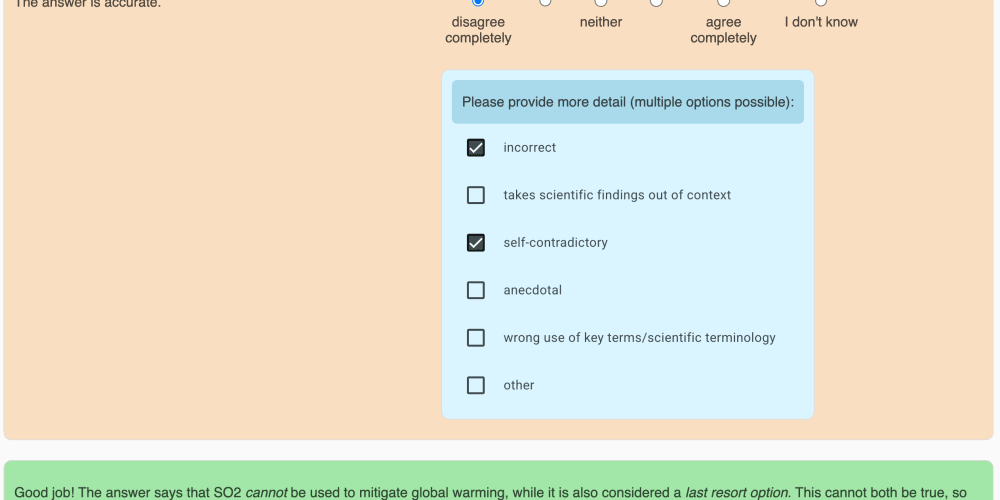The Role of Machine Vision in Enhancing Construction Site Safety
Bricks flying, trucks reversing, sparks flying—construction sites are synonymous with bustling activity and inherent risks. In an industry that prides itself on building civilizations, ensuring the safety of its very builders has always been paramount. Enter Machine Vision, an advanced blend of AI and computer vision technologies that is revolutionizing the way construction site safety is managed. In this post, we will delve into the intricacies of machine vision and how it heralds an age of safety, efficiency, and innovation in construction.
What is Machine Vision?
Machine vision refers to the technology and methods used to provide imaging-based automatic inspection, process control, and robot guidance. Using cameras, sensors, and advanced algorithms, machine vision systems can "see" and interpret the environment in ways that were unimaginable just a few years ago.
Unlike regular surveillance systems, machine vision is dynamic. It doesn't just record footage; it analyzes data in real-time to make split-second decisions. This translates into preventive safety measures, predictive maintenance alerts, and much more.
How Machine Vision Enhances Construction Site Safety
Real-Time Hazard Detection
One of the most transformative applications of machine vision in construction is real-time hazard detection. Cameras equipped with sophisticated algorithms can identify potential hazards such as:
- Slips and Falls: By analyzing foot traffic and surface conditions, machine vision can predict hazardous situations and alert workers and supervisors.
- Equipment Malfunction: These systems can monitor heavy machinery, detecting anomalies that might indicate a malfunction or risk.
- Unauthorized Access: Ensures only authorized personnel are in high-risk areas, thereby preventing accidents caused by inexperienced or unqualified individuals.
PPE Compliance
Personal Protective Equipment (PPE) is the first line of defense against workplace injuries. Machine vision systems can monitor whether workers are complying with PPE requirements, such as wearing helmets, gloves, and safety vests. Instant alerts can be sent if non-compliance is detected.
Enhanced Training Through AR and VR
Augmented Reality (AR) and Virtual Reality (VR) are empowering safer training environments by simulating real-world conditions. Machine vision enhances these simulations by making them more realistic and interactive.
For example, training modules can replicate hazardous situations detected in real-world scenarios. This level of training prepares workers to deal with potential hazards and reinforces safe practices.
Real-Time Data Analytics
Machine vision systems continuously collect data that can be analyzed to improve future site safety. Patterns and trends can be identified, risks assessed, and preventive measures implemented.
Consider the following:
- Heatmaps: Visual representations of high-risk zones.
- Trend Analysis: Identifying recurring issues and addressing them preemptively.
- Predictive Analytics: Predicting and mitigating potential future hazards.
Challenges and Future Directions
While machine vision offers remarkable advancements, it is not without challenges. Data privacy, high initial setup costs, and the need for continuous updates and maintenance are factors to consider.
However, the future looks promising. As technology evolves, costs will decrease, and capabilities will increase. Integrations with IoT (Internet of Things) devices, improved AI algorithms, and expanded use cases are on the horizon. We may soon reach a point where "accidents" are almost entirely preventable.
Ethical Considerations
With great power comes great responsibility. The deployment of machine vision must adhere to ethical guidelines, ensuring data privacy, transparency, and unbiased decision-making processes to foster a fair and safe working environment.
Conclusion
Machine vision is not just another technological buzzword; it is a game-changer for construction safety. By providing real-time hazard detection, ensuring PPE compliance, enhancing training, and offering invaluable data analytics, machine vision is paving the way for a safer, more efficient construction industry.
As we lay the foundations—literally and metaphorically—for future developments, embracing these advanced technologies will enable us to build not just structures, but legacies of safety and innovation. Here's to a safer, brighter future built on the solid bedrock of machine vision.
Stay tuned for more insights on how technology continues to shape and elevate our world!
What are your thoughts on machine vision? Have you seen it in action on construction sites or other industries? Share your experiences and let's get a conversation started!


















